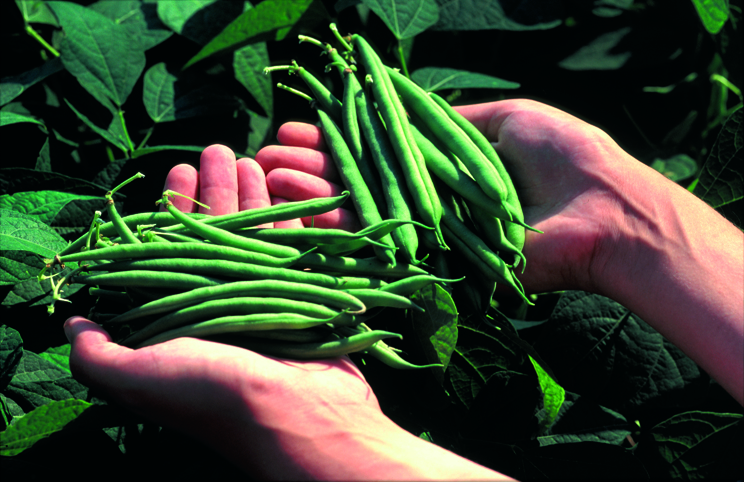
Protein is an important part of our diet, but many people rarely consider plants as a good source of protein.
That’s a shame, because plants can be a great source of protein and if you grow a variety of plants for seed, grains, fruits and nuts you can actually grow a lot of protein in your own garden.
Now, don’t get me wrong, I’m not advocating that you turn vegetarian or vegan, though that’s not a bad thing either, I’m just saying that plants can and do provide more than you might think in terms of nutrients, vitamins and protein.
The legumes
Forget about lentils, they aren’t that easy to grow in the UK, but keep in mind the legume family, the peas and the beans. It’s not just about the seeds they make, though these are the main source of the protein, but some of them, namely peas and broadbeans have delicious shoots and leaves that can be eaten too.
French beans and haricot beans are delicious eaten as fresh green pods, but let the seeds develop, dry them carefully and you have a very valuable protein source to add to soups and stews, or make into your own refried beans.
But there are other legumes you can grow.
You can grow chickpeas, soya beans and even peanuts in your garden; these are all part of the legume family and rich in protein. I used to grow chickpeas on my allotment; it’s a pretty foliaged plant with soft green, slightly hairy pods and two chickpeas to a pod. Delicious raw, they never made it to the drying stage, and it wasn’t a massive crop, because I didn’t grow many plants, but they were a fun thing to grow. Soya beans would be a good one to try, and may yet be the one for this summer. Though I suspect peanuts will be this year’s experiment and I plan to grow them in the greenhouse to get them started and give them a longer growing season.
Seeds and nuts
But there are two other crops we haven’t mentioned that are well worthy of the effort of growing. The first is amaranth, which florists revere for the ‘Love lies bleeding’ seed heads, drooping and dripping with seed. But these are an ancient grain plant that were the staple food of the Aztecs and are much more valuable than a cut flower. You might not realise that you can eat the leaves and they are delicious in salads and make a great alternative to spinach. But it is the tiny seeds that are really the star. Each grain contains high levels of protein, but the seeds are small and it is a bit of a pain harvesting them. Quinoa is similarly very high in protein and easy to grow and its leaves are edible. It’s another plant from the Andes and something I ate a lot of when I was in Peru. The seeds are a bit bigger than amaranth, but they have a soapy coating that needs to be washed off before eating, but it does mean that the seeds are less palatable to birds.

But there are other protein rich seeds you can grow, sunflower seeds for example are an easy UK crop, grow the plants, enjoy the flowers and harvest the sunflower seeds, or leave them for the birds. Then there are the pumpkin and squash seeds, an added bonus after the fruits, and lovely baked with sea salt, oil and some herbs. A bit chewy maybe and not the same as the naked pumpkin seeds you buy in the health shop, but when you grow them yourself you are more forgiving to the idiosyncrasies of your crop.
If you’ve got a bigger plot and plan on staying put, consider growing nuts, such as walnuts, almonds and hazelnuts though admittedly they take a little longer to mature, but they are well worth the wait.


